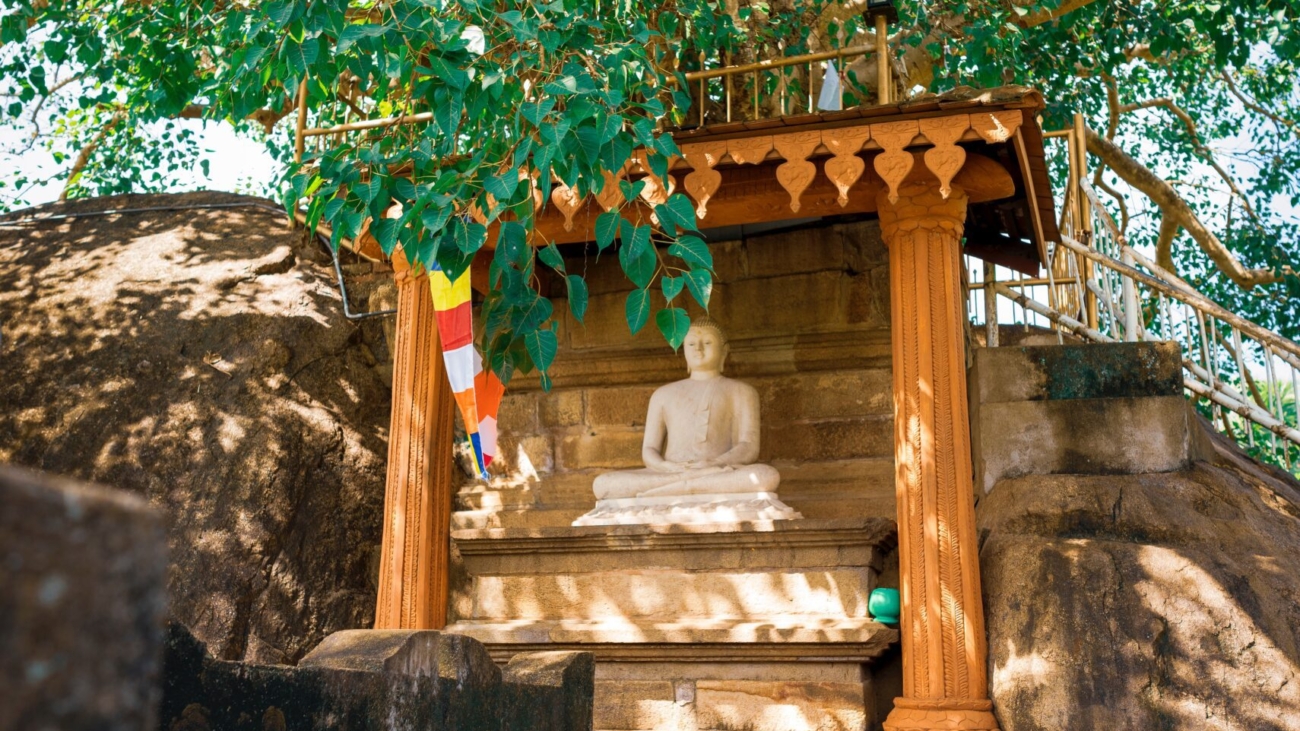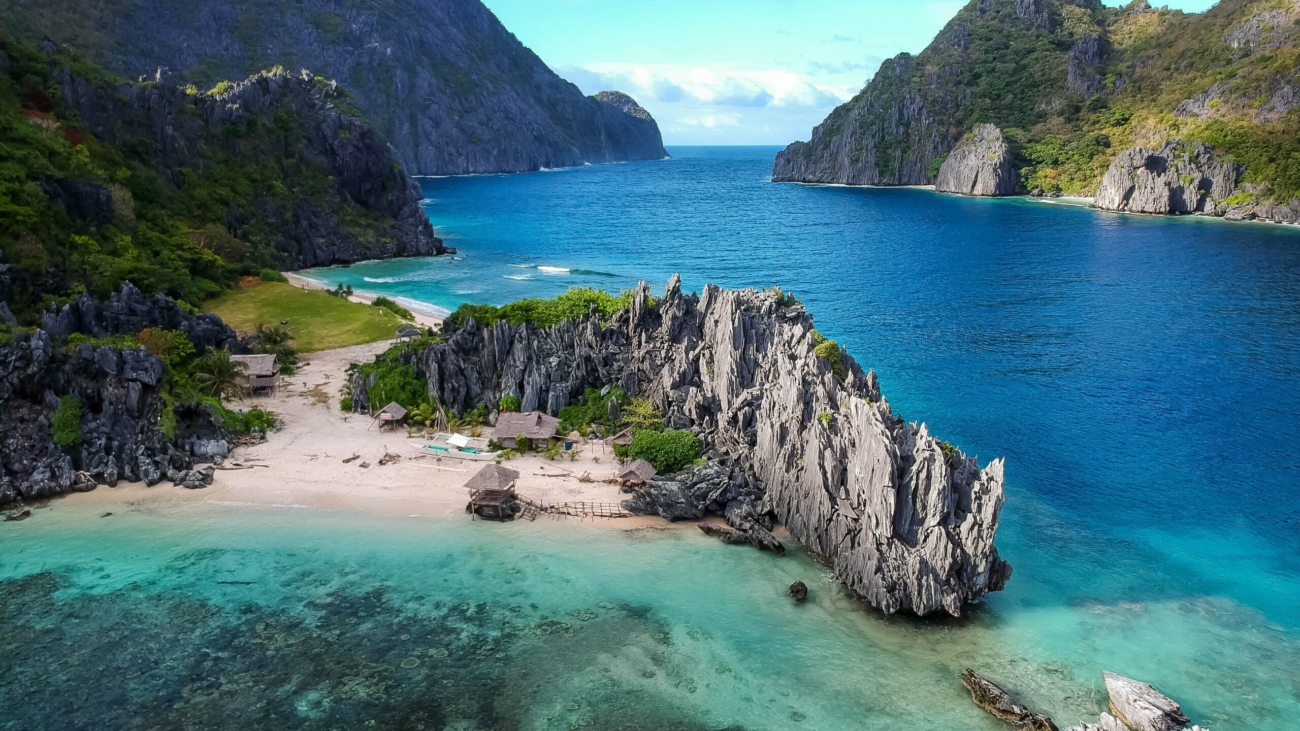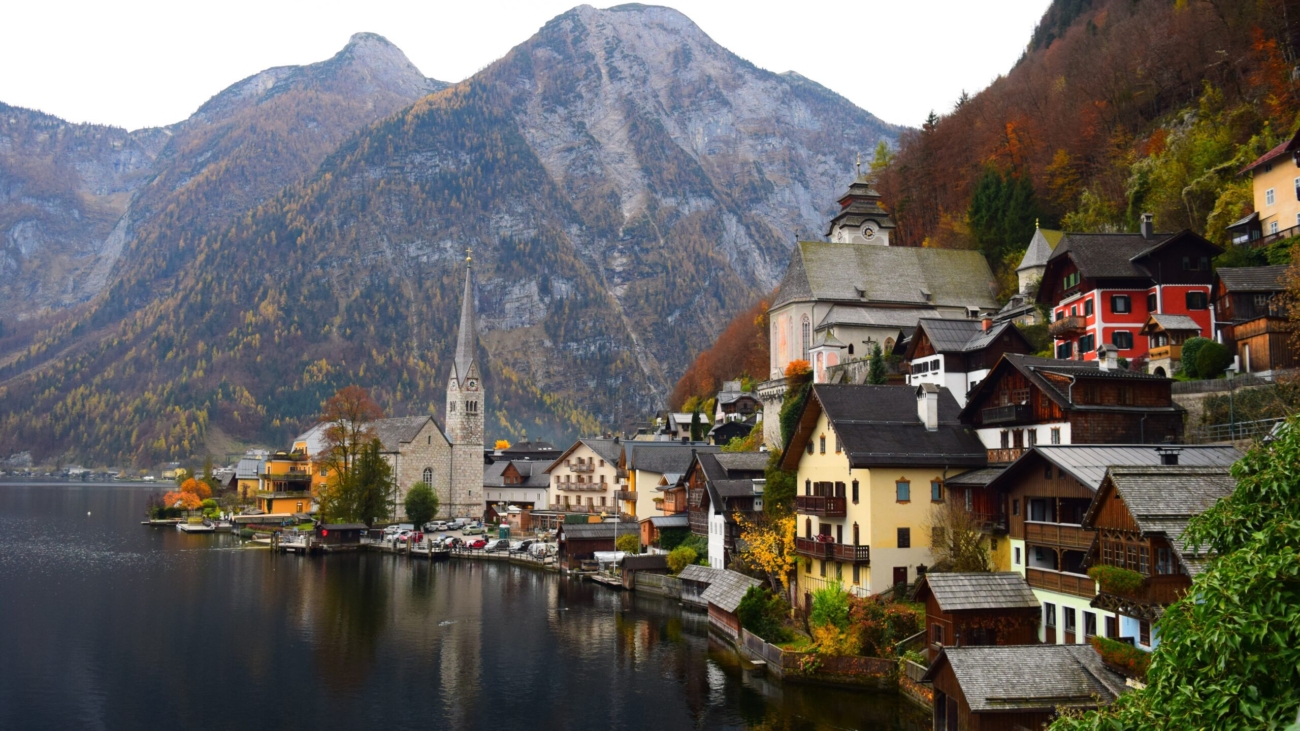It’s no secret that maintaining a healthy weight can be a struggle – especially when you don’t have the time to exercise and keep track of what you eat. Now, there is a way that can actually help you lose weight with much less effort – and it involves Intermittent Fasting. Find out in this blog article how intermittent fasting works and all the proven evidence behind the benefits of following this diet plan.
What is Intermittent Fasting?
Intermittent fasting is a weight loss strategy that has become increasingly popular in recent years. There are many different ways to do intermittent fasting, but the most common method is to fast for 16 hours and eat for 8 hours. This means that you would not eat anything from 8pm until 12pm the next day. There are a few different reasons why intermittent fasting can be an effective weight loss strategy. First, it helps to reduce your overall calorie intake because you are eating fewer meals. Second, it can help to increase your metabolism since your body is working harder to process food when you fast. Third, it can help to decrease your appetite so that you eat less throughout the day. There are a few things to keep in mind if you’re thinking about trying intermittent fasting. First, it’s important to make sure that you’re still getting all of the nutrients your body needs by eating healthy foods during your eating window. Second, it’s important to listen to your body and stop fasting if you feel like you’re not able to handle it. Lastly, if you have any medical conditions or take medication, please speak with your doctor before starting any new diet or exercise program
Health Benefits of Intermittent Fasting?
Intermittent fasting has been shown to be an effective weight loss tool. But that’s not all. Intermittent fasting has also been associated with a number of health benefits, including: improved cardiovascular health lower blood pressure reduced inflammation lower cholesterol levels
Different Types of Intermittent Fasting
There are many different types of intermittent fasting out there. Here are a few of the most popular types: The 16/8 Method: This involves fasting for 16 hours each day and eating all your food within an 8-hour window. For example, you would stop eating at 8pm and then not eat again until noon the next day. The 5:2 Diet: With this approach, you eat normally for five days per week and fast for two days. On those two fasting days, you eat very little – around 500 calories. Alternate Day Fasting: This is where you fast every other day. So one day you would eat normally, and the next day you would consume only around 500 calories. Whichever method you choose, make sure that you do your research and consult with your doctor before starting any new diet or fitness regime.
How to Get Started with Intermittent Fasting
Intermittent fasting is an effective weight loss tool that has been backed by science. It involves alternating between periods of fasting and eating. When done correctly, it can help you lose weight and improve your health. If you’re interested in starting intermittent fasting, there are a few things you should know before getting started. This guide will teach you the basics of intermittent fasting and how to start using it to lose weight. Intermittent fasting is not a diet, but rather a pattern of eating. You can eat whatever you want during your eating periods, but you should limit your calories during your fasting periods. There are many different ways to do intermittent fasting, but the most common is the 16/8 method. This involves fasting for 16 hours and eating for 8 hours. To get started with intermittent fasting, start by picking an eating window that works for you. If you’re trying to lose weight, it’s generally recommended to fast for at least 16 hours each day. Once you have your eating window set, stick to it as much as possible. During your fasting periods, drink plenty of water and avoid snacking. If you’re new to intermittent fasting, it’s normal to feel hungry or experience cravings during your first few days or weeks. However, these feelings usually go away as your body adjusts to this new way of eating. Intermittent fasting is a sustainable way of eating that can lead to long-term weight loss success.
Nutrition Tips for Intermittent Fasting
If you’re looking to lose weight easily and effectively, intermittent fasting may be the answer. Though it may seem daunting at first, intermittent fasting is a simple concept that can have impressive results. Here are some nutrition tips to help you get started with intermittent fasting:
1. Drink plenty of water: This will help to keep you hydrated and prevent hunger pangs.
2. Eat healthy snacks: If you’re feeling peckish between meals, reach for healthy snacks like fruit or nuts instead of unhealthy junk food.
3. Avoid processed foods: Processed foods are high in sugar and calories, which can offset the weight loss benefits of intermittent fasting. Stick to whole, unprocessed foods as much as possible.
4. Get enough sleep: Sleep is important for overall health and can help boost metabolism. Make sure to get plenty of rest when intermittent fasting.
5. Be patient: Don’t expect overnight results from intermittent fasting – it takes time for your body to adjust. Be patient and trust that the process will work in the long run.
Scientific Evidence Around Intermittent Fasting
A large body of scientific evidence now exists showing that intermittent fasting (IF) can be a very effective way to lose weight. In fact, some studies have shown that IF can be even more effective than traditional calorie restriction diets. One study published in the Journal of the American Medical Association found that participants who followed an intermittent fasting diet lost 3-8% of their body weight over a 24-week period, while those following a traditional calorie restriction diet only lost 2-4% of their body weight. Another study, this one published in the journal Obesity, found that participants who followed an intermittent fasting diet for 16 weeks lost an average of 9% of their body weight, while those following a traditional calorie restricted diet only lost 6% of their body weight. So what is intermittent fasting? Intermittent fasting is simply alternating periods of fasting with periods of eating. There are many different ways to do intermittent fasting, but the most common is the 16/8 method, which involves fasting for 16 hours each day and eating all your food within an 8-hour window. For example, you could stop eating at 8pm in the evening and then not eat again until noon the next day. This would give you an 8-hour eating window from noon until 8pm. Or you could stop eating at 2pm and then not eat again until 10am the next day. This would give you a 10-hour eating window from 10am until 8pm.
Recipes & Meal Planning
When it comes to weight loss, there are a lot of methods out there. Some people Count Calories, some people go Keto, and some people do Intermittent Fasting. So, what is Intermittent Fasting? In short, Intermittent Fasting is when you go without food for an extended period of time. There are many different ways to do this, but the most common is the 16/8 method, where you fast for 16 hours and eat only during an 8-hour window. This can be done daily, or a few times per week. There are a lot of benefits to Intermittent Fasting, including weight loss, increased energy levels, and improved brain function. And best of all, it’s easy to do! If you’re looking to lose weight easily and improve your overall health, give Intermittent Fasting a try.
Alternatives to Intermittent Fasting
There are many alternative ways to lose weight, and intermittent fasting is just one of them. If you’re looking for a more sustainable or manageable way to lose weight, consider trying out one of these alternatives: -Cutting out processed foods and eating more whole foods -Eating smaller meals more often throughout the day -Increasing your activity level by adding more movement into your day -Reducing your overall calorie intake -Working with a registered dietitian or nutritionist to develop a personalized plan.
Conclusion
Intermittent fasting has been proven to be an effective and safe way to lose weight. By following the guidelines of this regimen, you can improve your physical and mental health while also losing significant amounts of weight in a short amount of time. This diet plan is particularly suitable for those with smaller waistlines as it promotes fat loss instead of muscle wasting. Remember that results may vary from person to person so it is important to experiment with different methods until you find one that works best for you. Ultimately, intermittent fasting provides a simple yet powerful tool for achieving your desired goals without having to worry about counting calories or sacrificing taste buds satisfaction.




















